Home>Ideas and Tips>Caring For Leather Furniture: Maintenance And Cleaning Tips
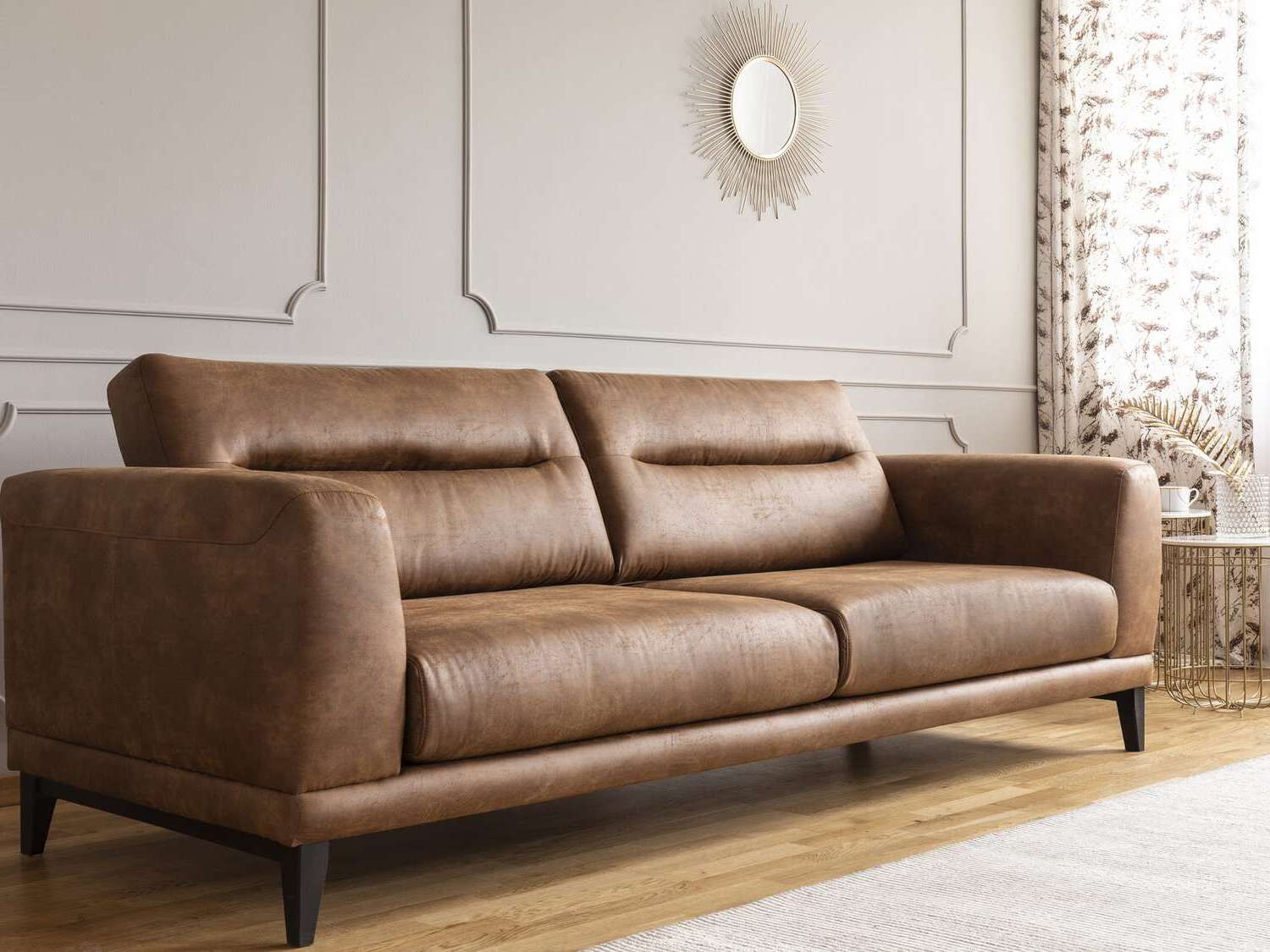

Ideas and Tips
Caring For Leather Furniture: Maintenance And Cleaning Tips
Published: October 27, 2024
Discover essential tips for maintaining and cleaning leather furniture to keep it looking elegant and durable for years. Learn more in our comprehensive guide.
(Many of the links in this article redirect to a specific reviewed product. Your purchase of these products through affiliate links helps to generate commission for Storables.com, at no extra cost. Learn more)
Leather furniture is a timeless and elegant addition to any home, offering both style and durability. However, to ensure that your leather pieces remain in excellent condition, proper care and maintenance are essential. In this article, we will delve into the best practices for cleaning and maintaining your leather furniture, providing you with a comprehensive guide to keep your leather looking its best for years to come.
Understanding Leather Furniture
Before we dive into the care and maintenance tips, it's important to understand the nature of leather furniture. Leather is a natural material that can be prone to wear and tear, especially when exposed to sunlight, moisture, and heavy use. However, with the right care, leather furniture can last for decades and even become more beautiful over time.
Read more: How To Store Leather Furniture
Types of Leather
There are several types of leather used in furniture, each with its own unique characteristics:
- Full-Grain Leather: This is the highest quality of leather, made from the strongest and most durable part of the hide. It is less prone to cracking and has a natural finish.
- Top-Grain Leather: This type of leather is also high-quality but has been sanded to remove imperfections. It is more resistant to scratches but may not be as durable as full-grain leather.
- Bonded Leather: This is a lower-quality leather made from leftover scraps of leather that are bonded together. It is less durable and more prone to cracking.
- Suede Leather: This type of leather has a soft, velvety texture and is often used for upholstery. It requires special care to maintain its appearance.
Cleaning Leather Furniture
Cleaning your leather furniture regularly is crucial to maintaining its appearance and longevity. Here are some steps you can follow:
Regular Dusting
Dusting your leather furniture is an essential part of its maintenance. Use a dry microfiber cloth to gently wipe away any dust or dirt that may have accumulated on the surface of the leather. This should be done weekly, especially if you live in an area with high dust levels or if you have pets that shed frequently.
Vacuuming
Vacuuming your leather furniture using the hose attachment can help remove dust and dirt that may have settled deep within the cracks and crevices of the leather. Be cautious not to use the suction setting too high, as this could damage the leather.
Spot Cleaning
For spills and stains, act quickly to prevent them from setting in. Here’s how you can spot clean your leather furniture:
- Use a Clean, Damp Microfiber Cloth: Dampen a microfiber cloth with water but make sure it's not soaking wet. This will help you clean up spills without damaging the leather.
- Avoid Using Too Much Water: Excess water can cause the leather to become soggy and potentially lead to mold or mildew.
- Rub Gently: Gently rub the affected area with the damp microfiber cloth until the stain is removed.
- Dry Thoroughly: After cleaning, use another dry microfiber cloth to wipe away any excess moisture and ensure the area is completely dry.
Using Cleaning Products
If the above method doesn’t work for you, you can use specialized cleaning products designed specifically for leather furniture:
-
Dove Soap Method:
- Dampen a microfiber cloth with water.
- Rub a small amount of Dove soap onto the cloth.
- Massage the soap into the leather gently.
- Wipe away any soap residue with a clean, damp microfiber cloth.
- Allow the leather to dry completely before applying any conditioner.
-
Chemical Guys Leather Cleaning Products:
- Spray a small amount of Chemical Guys leather cleaner onto a microfiber cloth.
- Gently rub over the surface of the leather.
- Avoid rinsing; simply let it dry naturally.
- Once dry, apply Leather Honey conditioner for optimal results.
-
Leather Honey Leather Cleaner:
- Use a lint-free cloth to remove loose dirt and debris from your leather couch.
- Test a small amount of Leather Honey Leather Cleaner in an inconspicuous area first.
- Apply an even amount of cleaner over the entire couch if necessary.
- Allow it to dry completely before conditioning.
Conditioning Leather Furniture
Conditioning your leather furniture is just as important as cleaning it. Here’s why:
Why Condition Leather?
Leather, like human skin, needs moisture to stay healthy and supple. Over time, leather can become dry and brittle due to exposure to sunlight or frequent use. Conditioning helps maintain its natural oils and prevents cracking.
How to Condition Leather
-
Use High-Quality Conditioner:
- Choose a reputable brand like Leather Honey or Chemical Guys for optimal results.
- Apply a small amount of conditioner to a microfiber cloth rather than directly onto the leather.
-
Apply Conditioner Gently:
- Use circular motions when applying conditioner to ensure even coverage.
- Make sure you get into all nooks and crannies, including stitching.
-
Allow Drying Time:
- Let the conditioner dry naturally without wiping it away.
- If there is any residue left after 24 hours, use a clean microfiber cloth to wipe it off.
-
Frequency of Conditioning:
- Depending on climate and usage, condition your leather furniture at least twice a year.
- For high-traffic areas or extreme climates, consider conditioning more frequently.
Ongoing Leather Furniture Care
To keep your leather furniture looking its best, follow these ongoing care tips:
Avoid Eating and Drinking on Leather
Eating and drinking on your leather furniture can lead to stains and damage over time. If you must eat or drink on it, use coasters or placemats to protect the surface.
Keep Leather Out of Direct Sunlight
Direct sunlight can cause leather to fade or become brittle over time. If possible, place your leather furniture away from windows or use UV-blocking window treatments.
Read more: How To Clean Leather Tool Belt
Clean Up Spills Immediately
Spills can quickly become stains if not cleaned immediately. Always have a clean microfiber cloth handy to wipe away spills as soon as they happen.
Regular Maintenance
Regular maintenance involves more than just cleaning; it also includes:
- Dusting Regularly: Use a dry microfiber cloth weekly to remove dust from the surface of the leather.
- Vacuuming: Use a hose attachment regularly to remove dust and dirt from deep within cracks and crevices.
- Inspecting: Regularly inspect your leather furniture for signs of wear or damage so you can address them promptly.
Specialized Cleaning Products
While general cleaning methods work well for most situations, there are specialized products available that cater specifically to different types of leather:
- Saddle Soap: Often used for cleaning boots but not recommended for upholstery due to its harsh nature; however, some users swear by its effectiveness when used sparingly with caution.
- Leather Honey Products: These include cleaners with UV protectant properties as well as conditioners designed specifically for maintaining optimal appearance and durability.
- Chemical Guys Products: These offer both cleaners and conditioners suitable for various types of leather upholstery.
Additional Tips from Experts
Experts in leather care often recommend additional steps beyond basic cleaning:
- Using Q-Tips: After cleaning or conditioning, use q-tips dipped in water or specialized cleaning solutions to reach into tight spaces like stitching areas where dust may accumulate.
- Vacuuming Under Cushions: If possible pull away cushions regularly vacuum underneath them ensuring no hidden dirt accumulates over time causing potential damage later down line.
Read more: How To Clean Leather Recliner Headrest
Conclusion
Caring for your leather furniture requires attention not just during initial purchase but ongoing basis through regular maintenance routines including dusting vacuuming spot cleaning applying conditioners avoiding direct sunlight eating/drinking spills etc.. By following these guidelines provided herein article ensures longevity beauty durability making investment worthwhile years come
Was this page helpful?
At Storables.com, we guarantee accurate and reliable information. Our content, validated by Expert Board Contributors, is crafted following stringent Editorial Policies. We're committed to providing you with well-researched, expert-backed insights for all your informational needs.
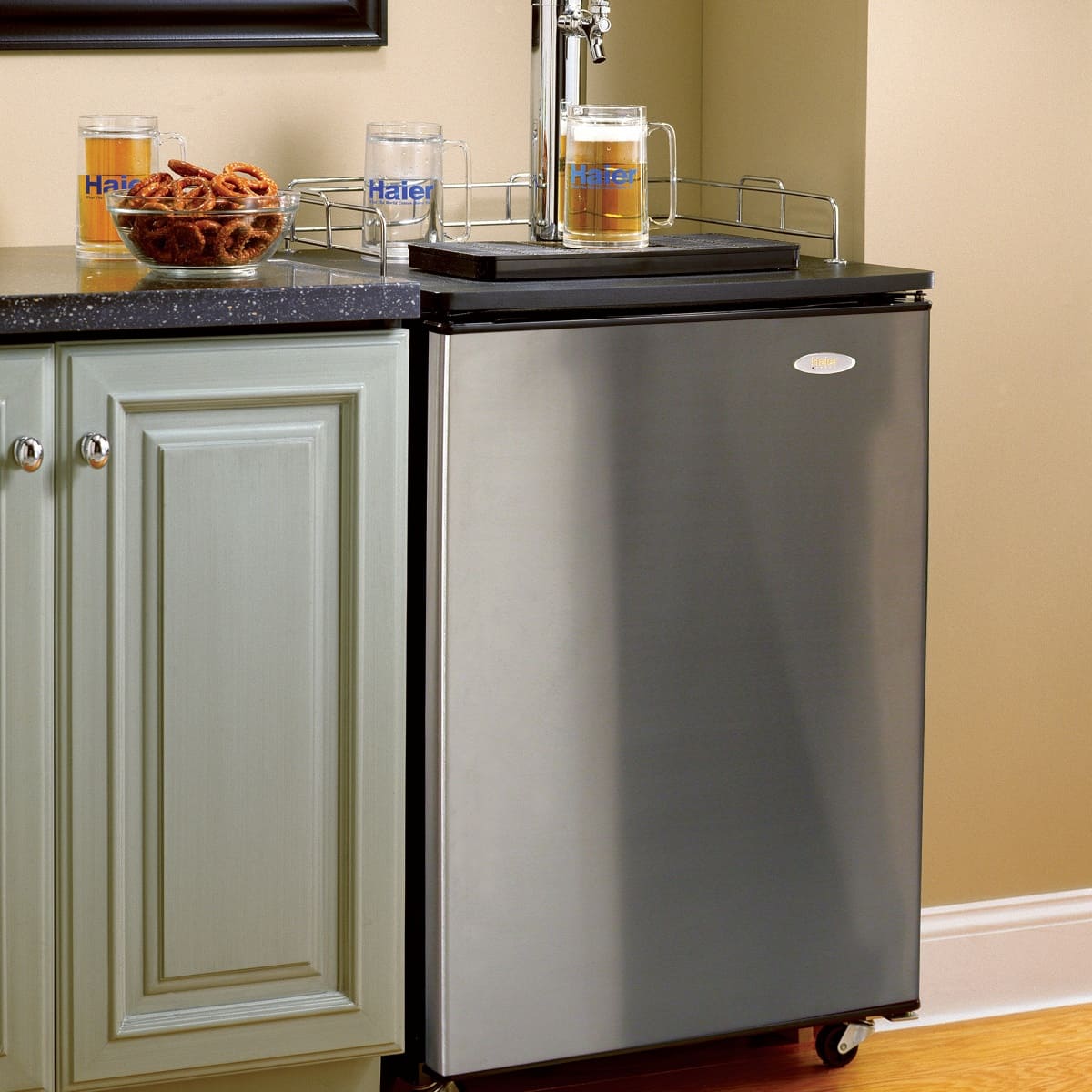
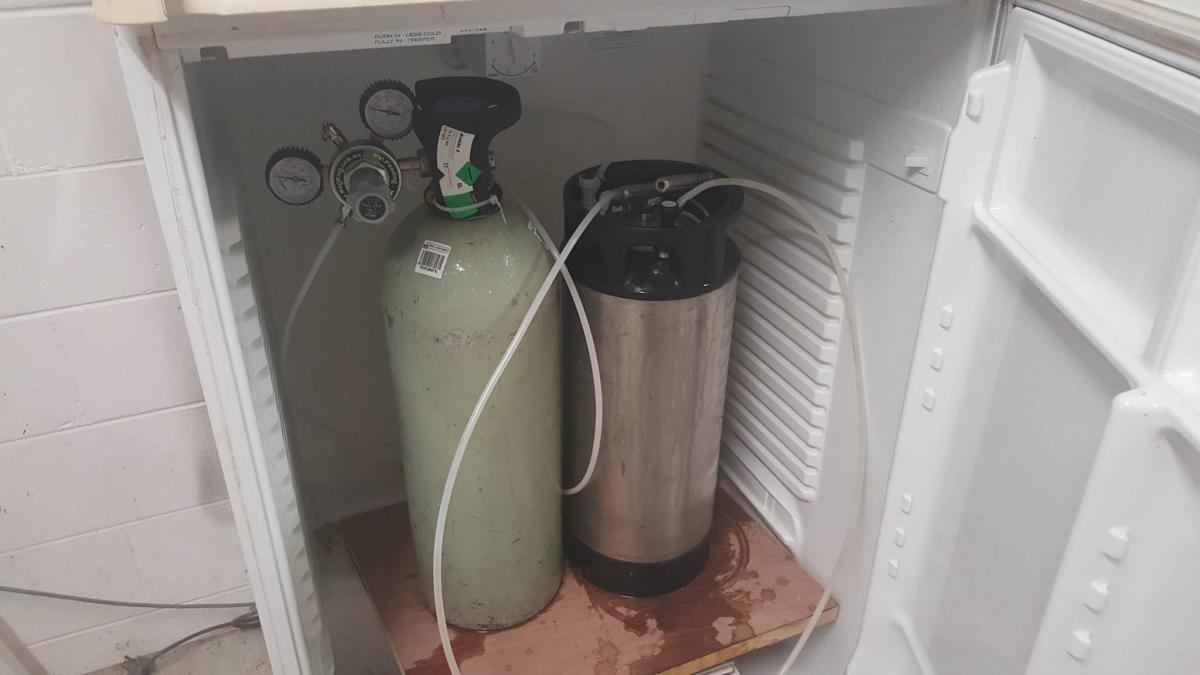
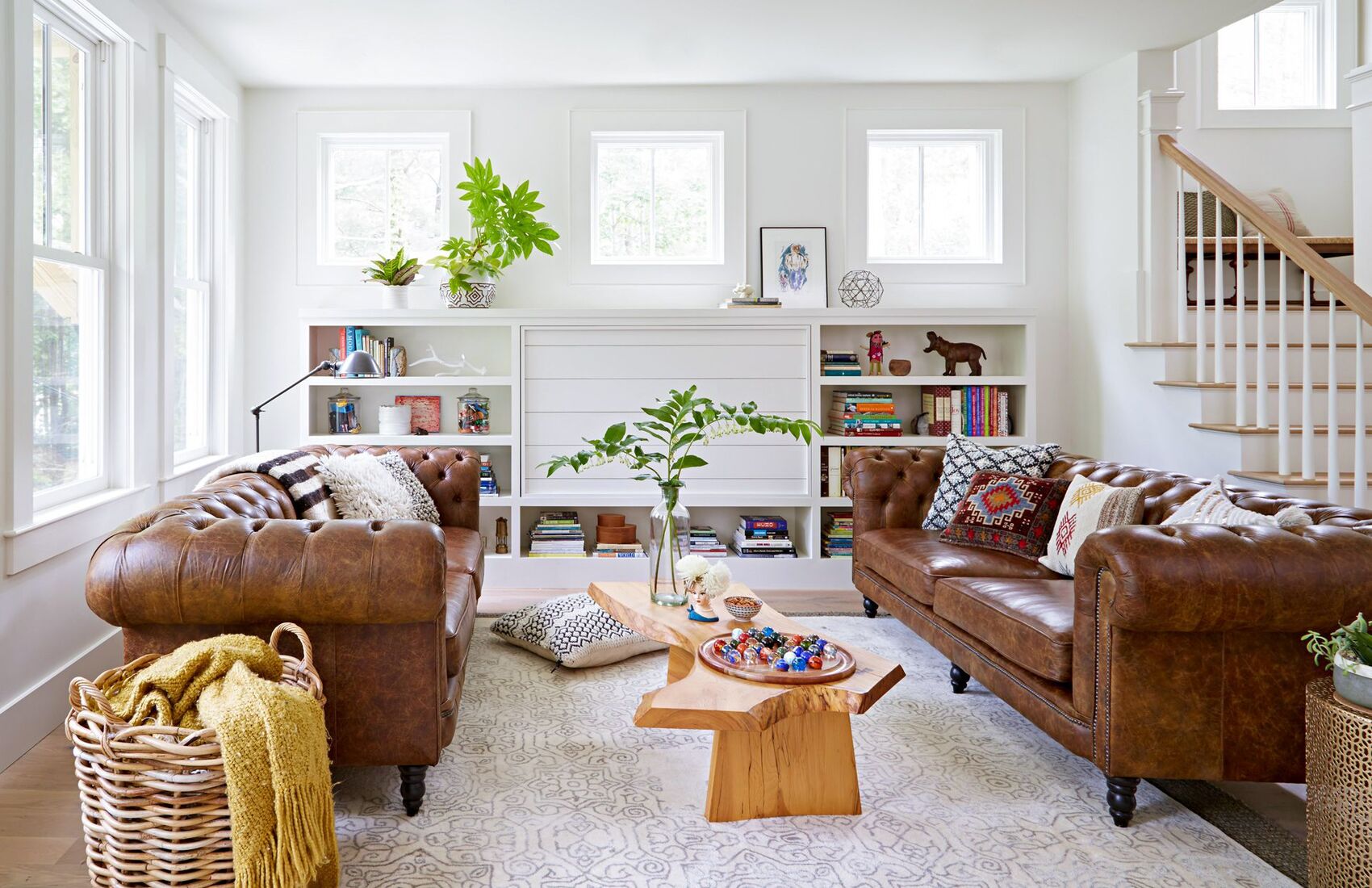
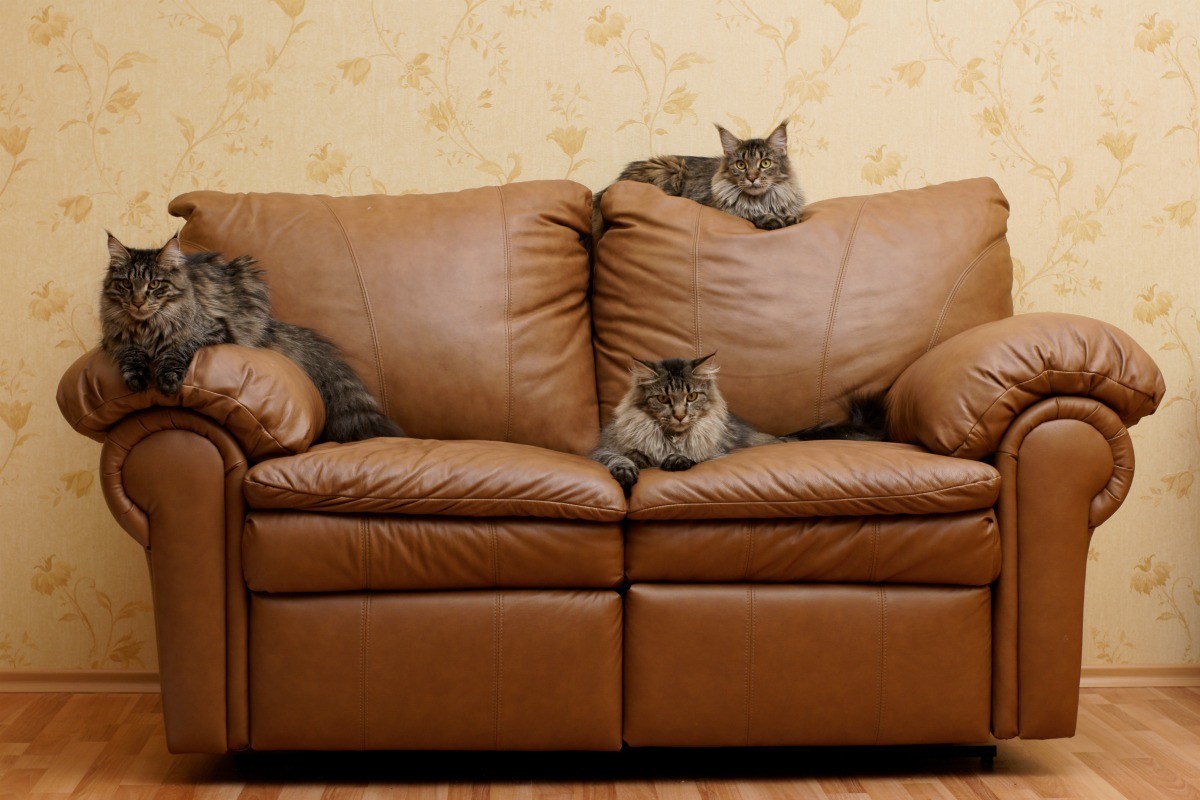
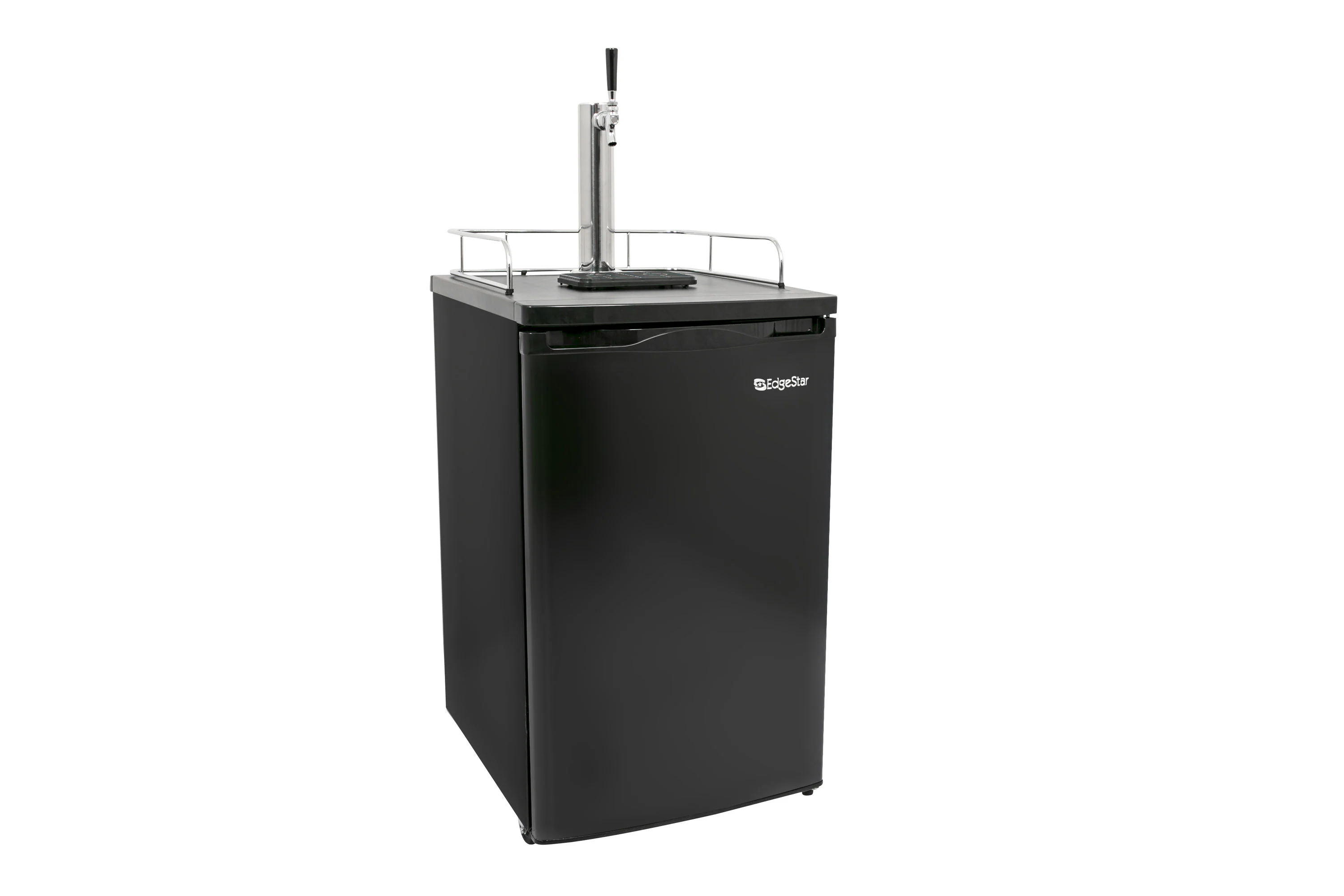
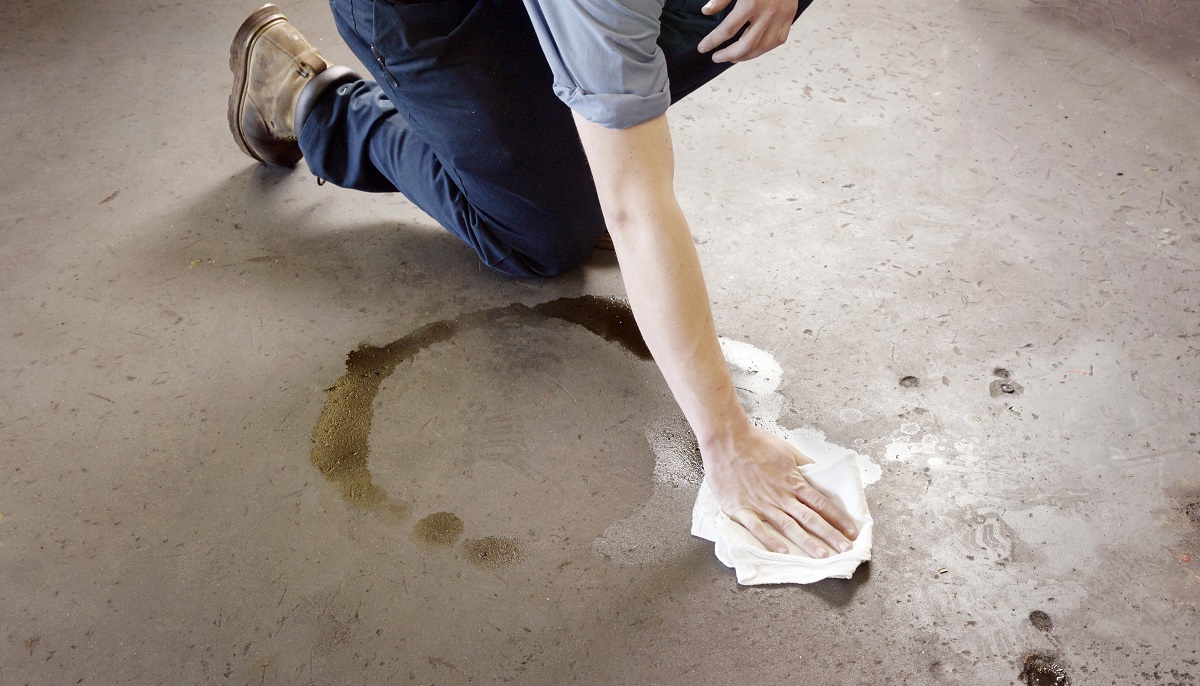


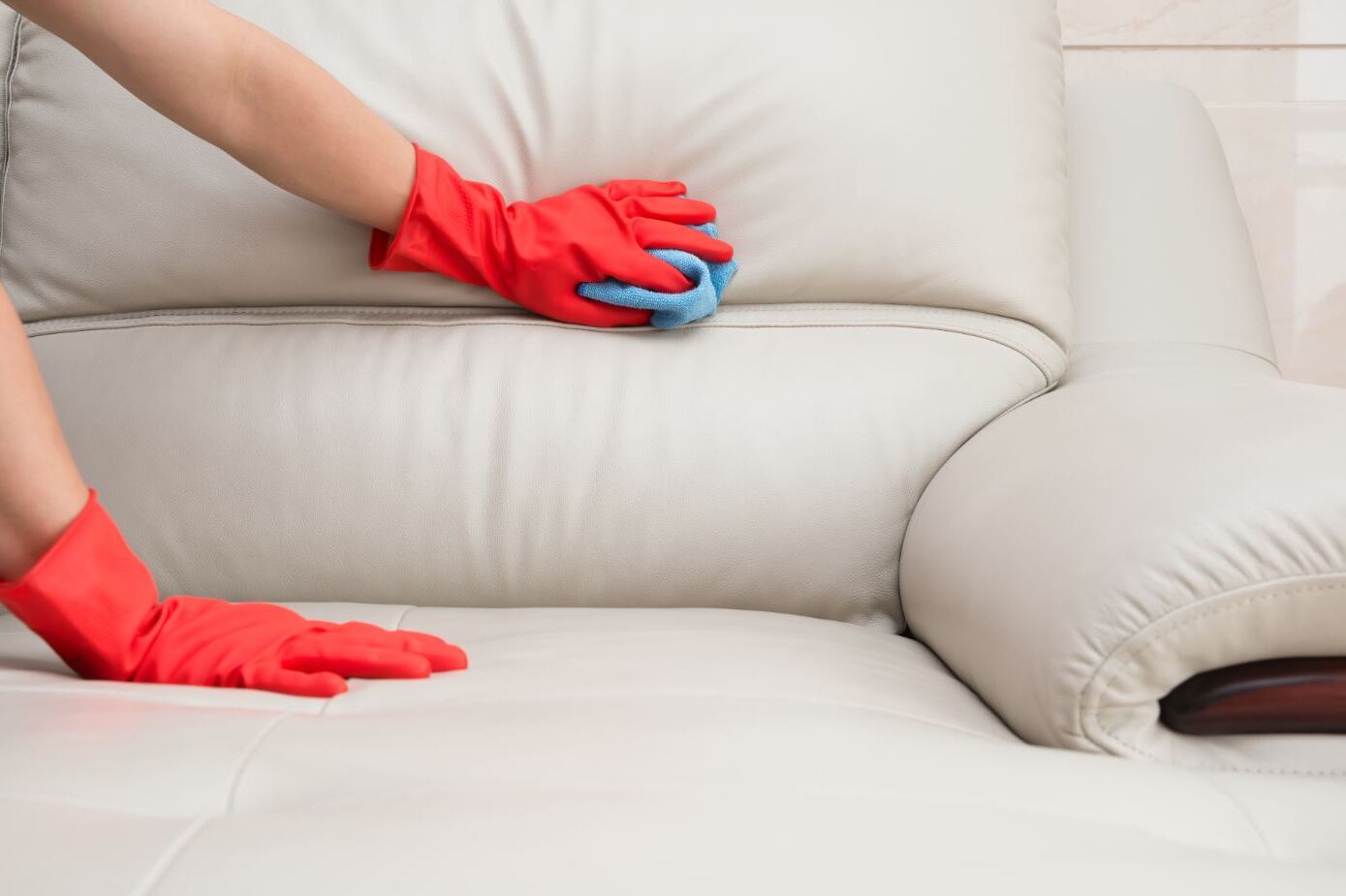
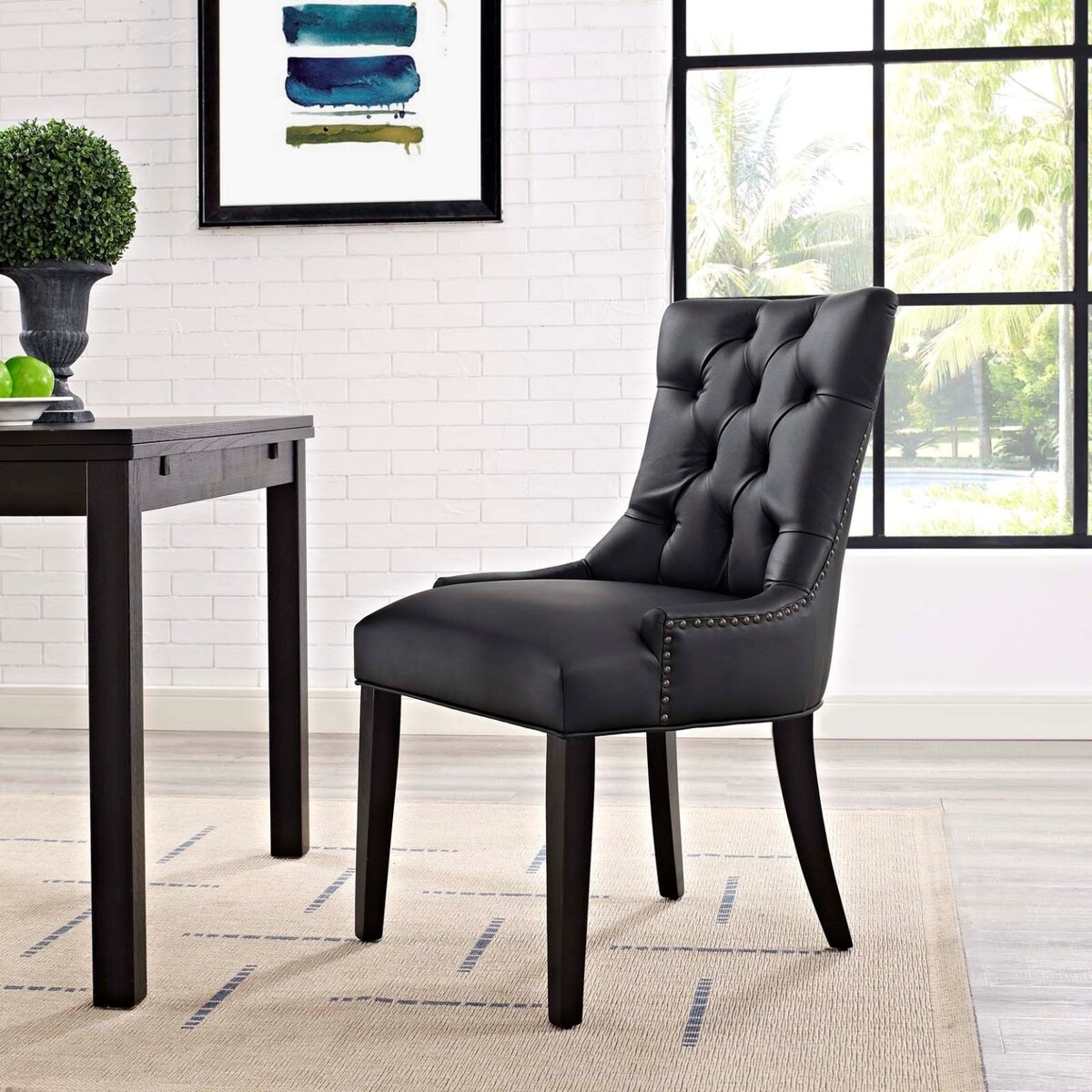
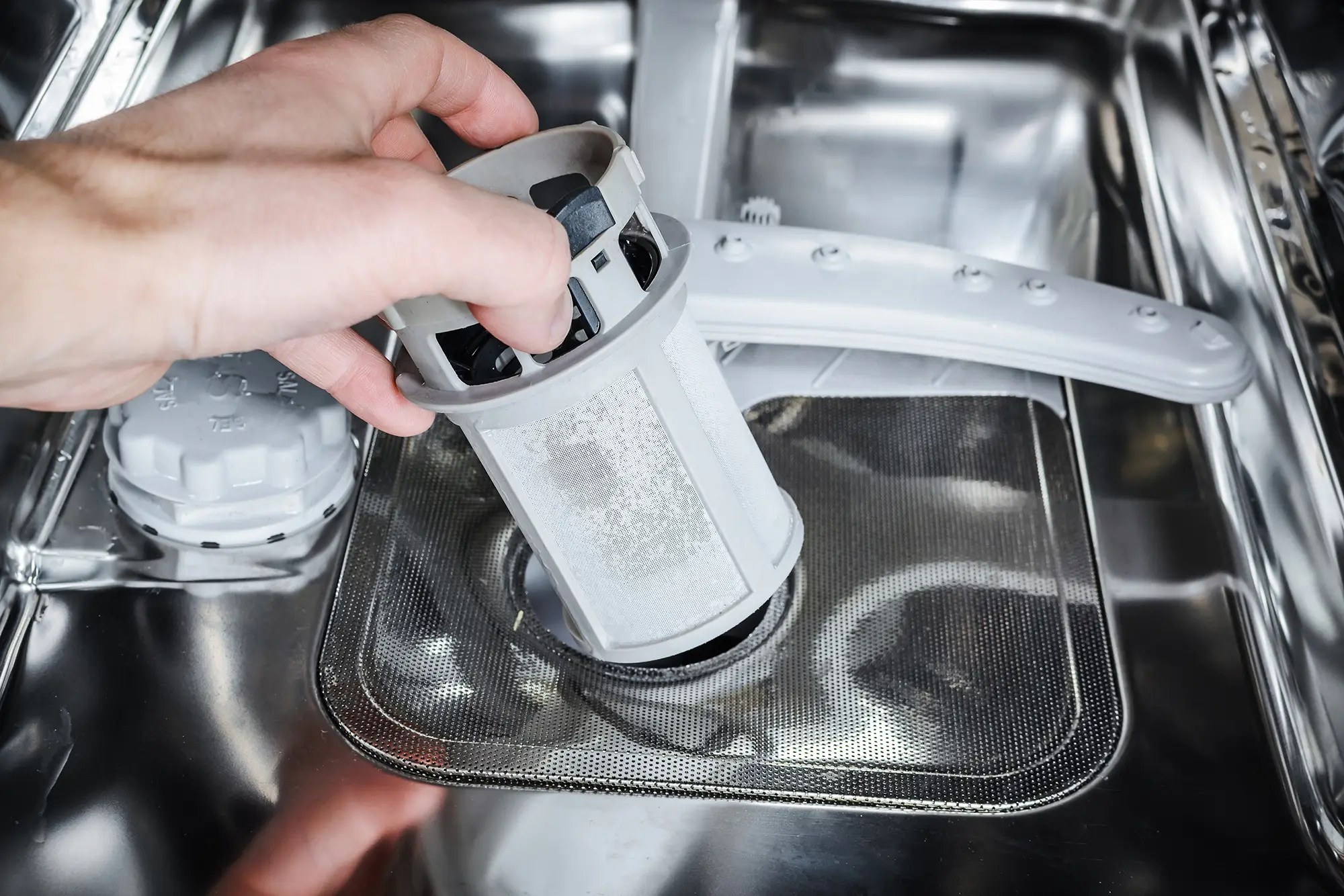

0 thoughts on “Caring For Leather Furniture: Maintenance And Cleaning Tips”